March is Women’s History Month, and we’d like to celebrate the legacies of several local women – in coloring book style, of course. To download the full coloring book put together by the museum, please find it here.

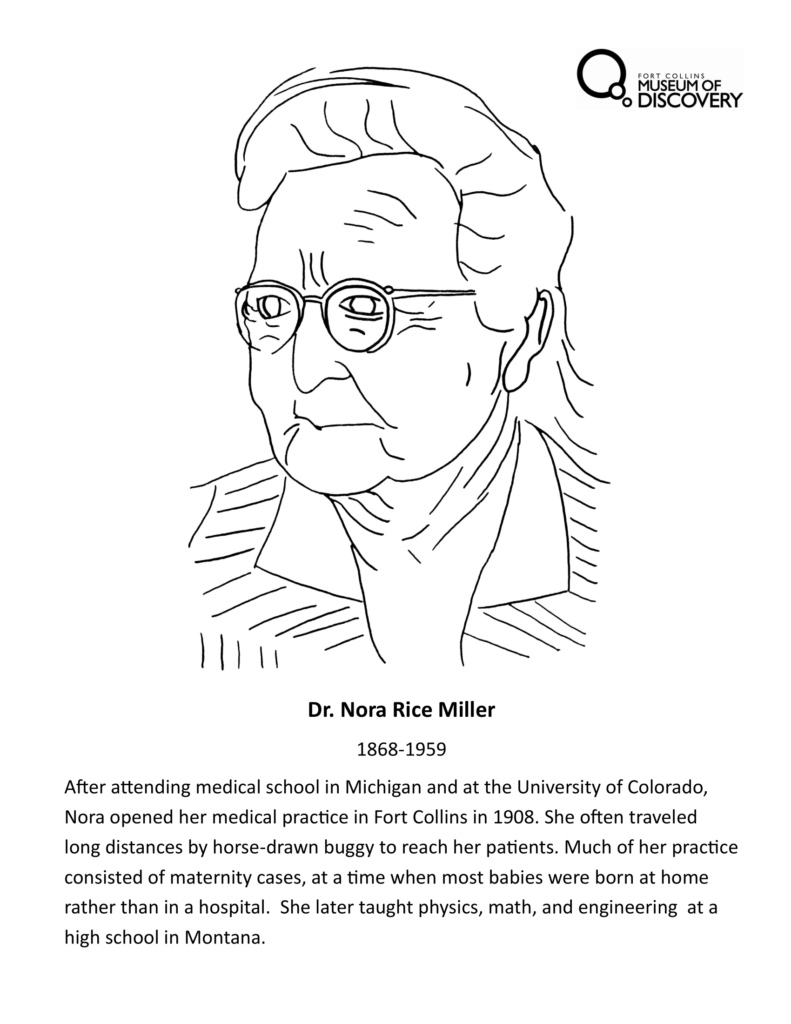
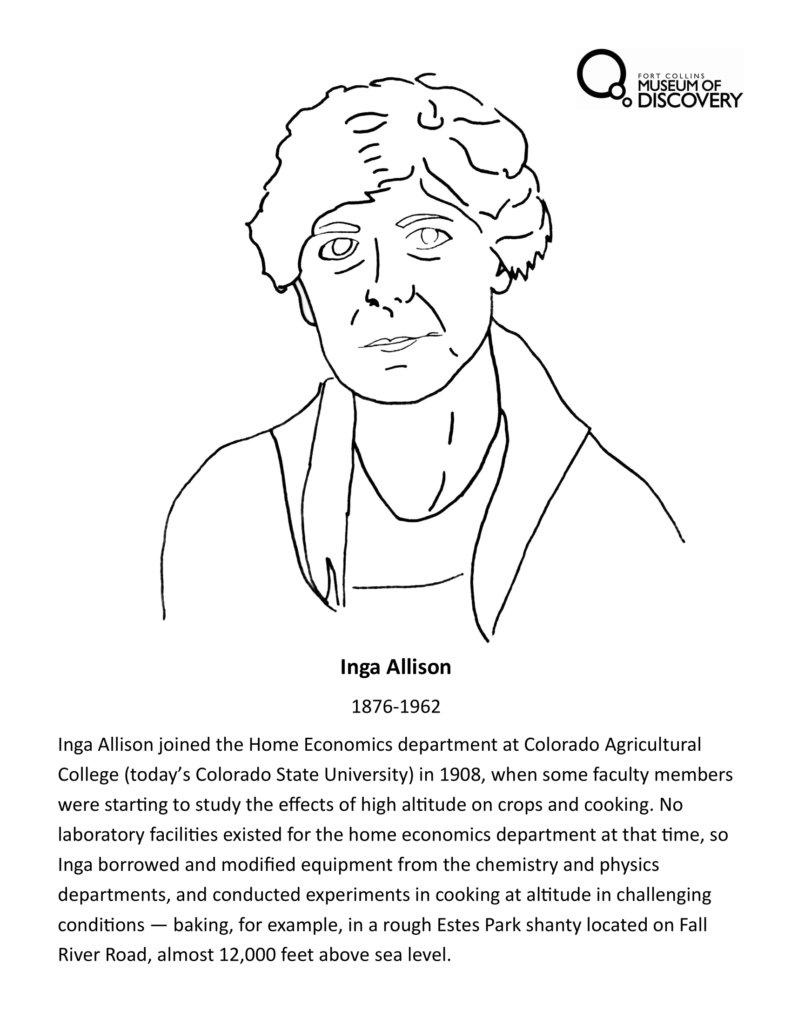
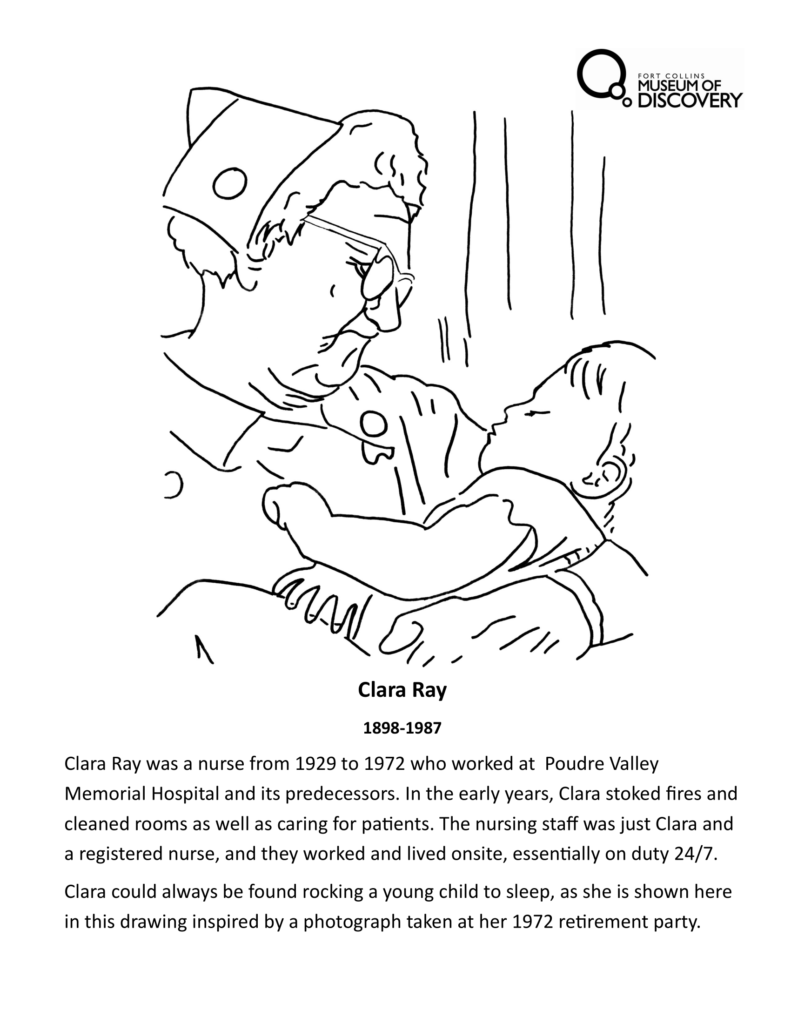
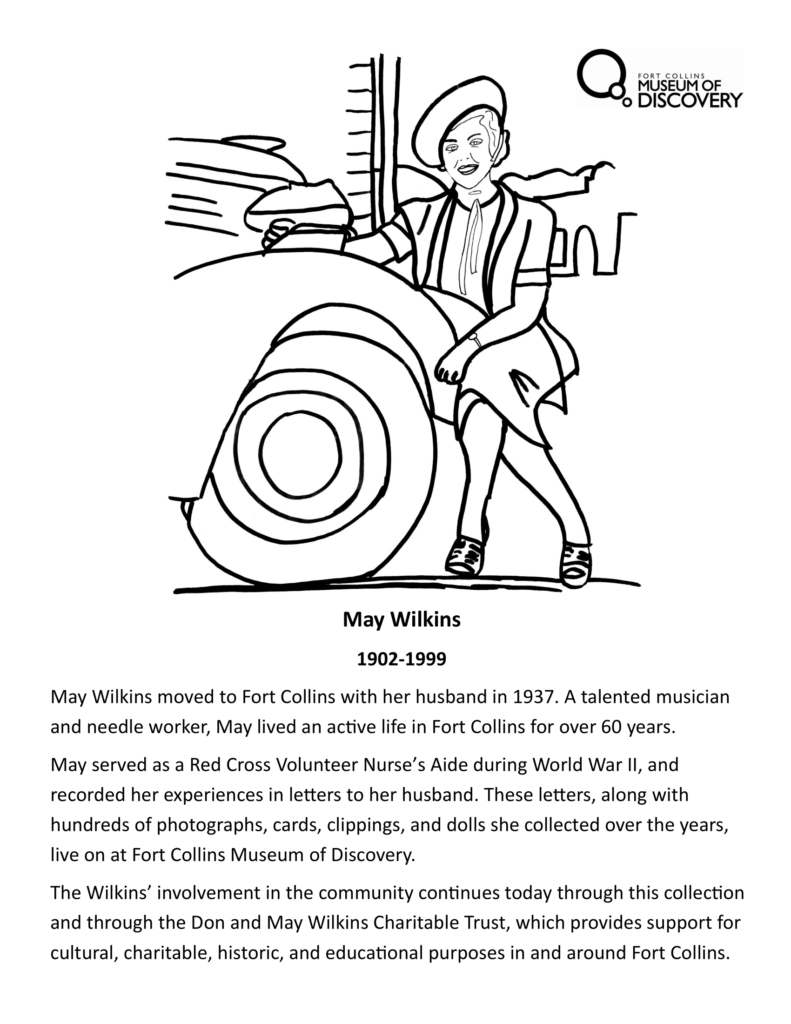
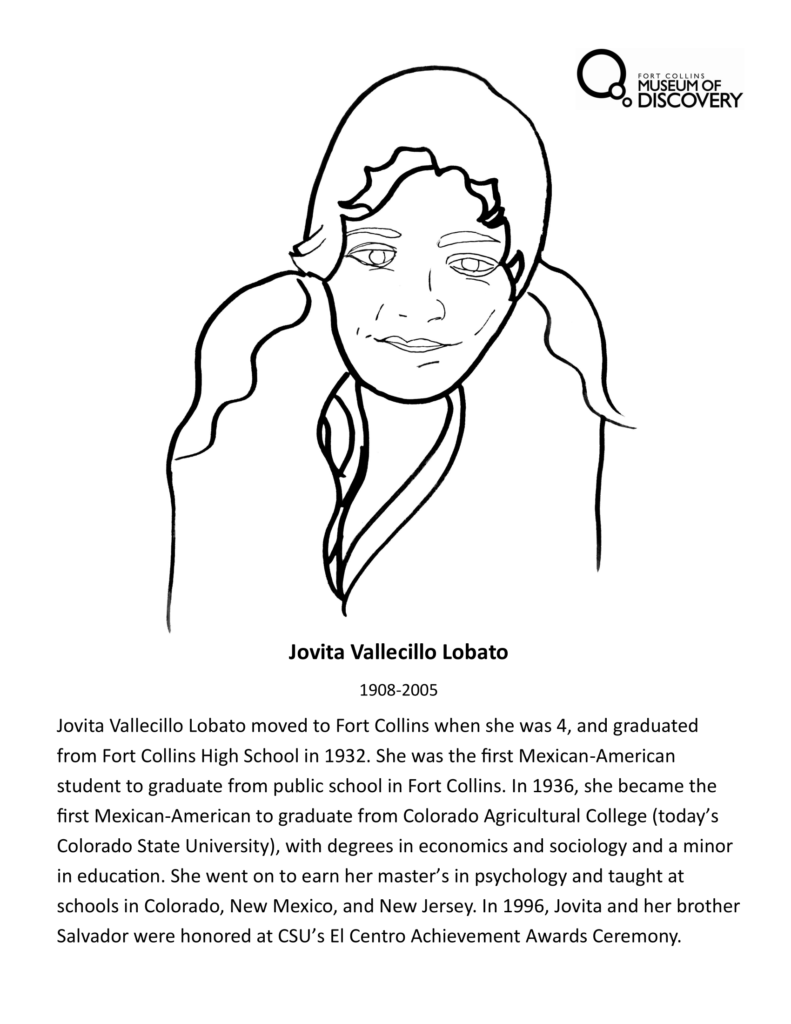
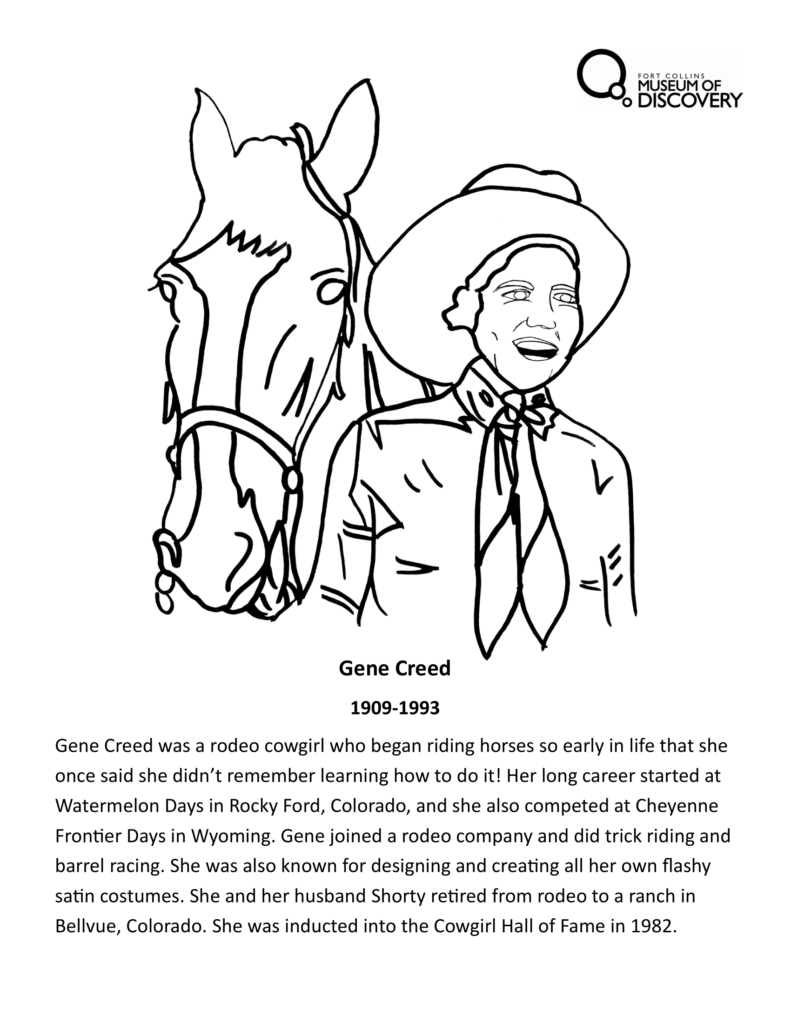
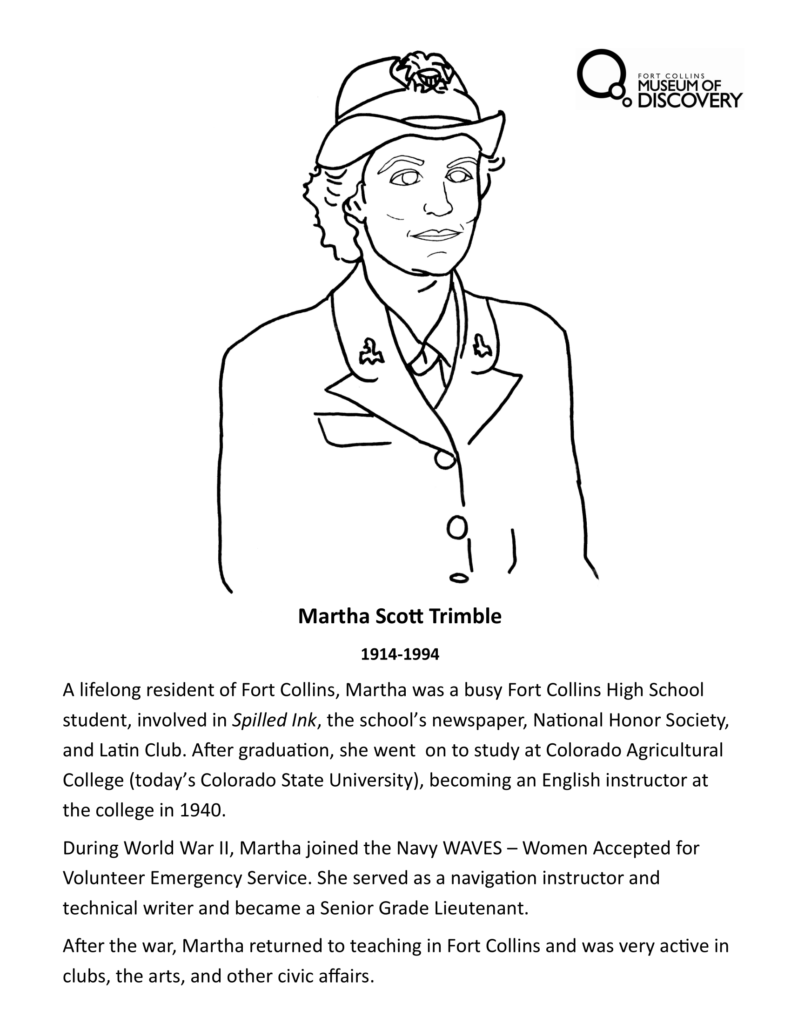
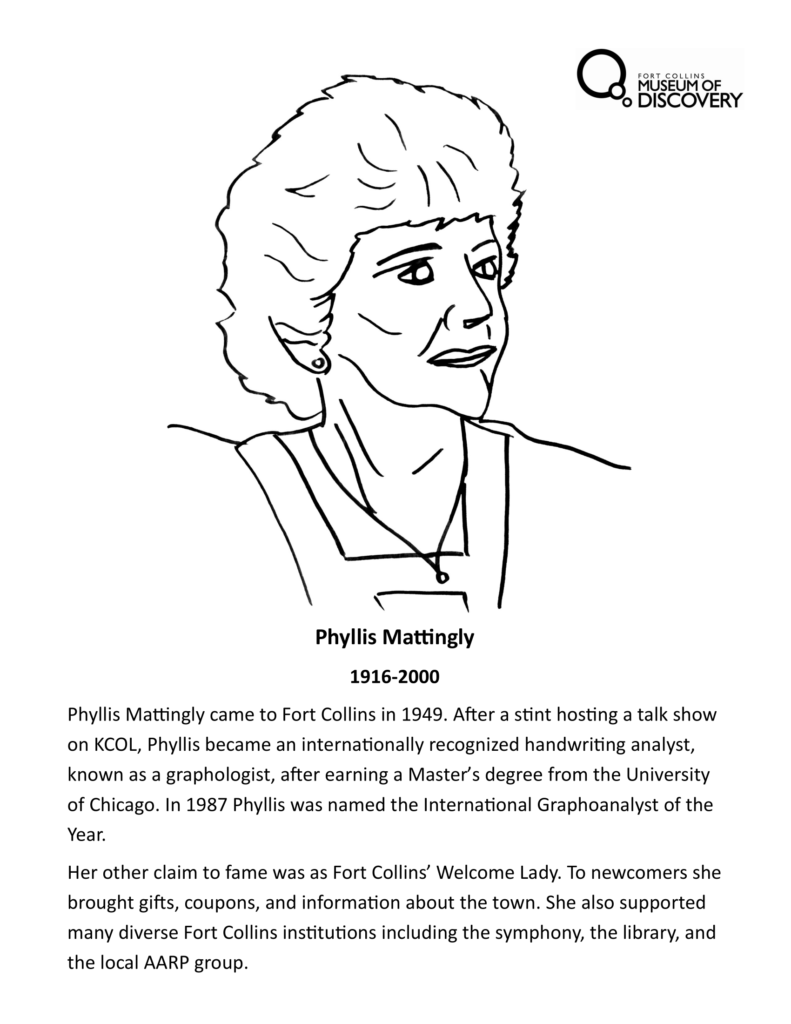
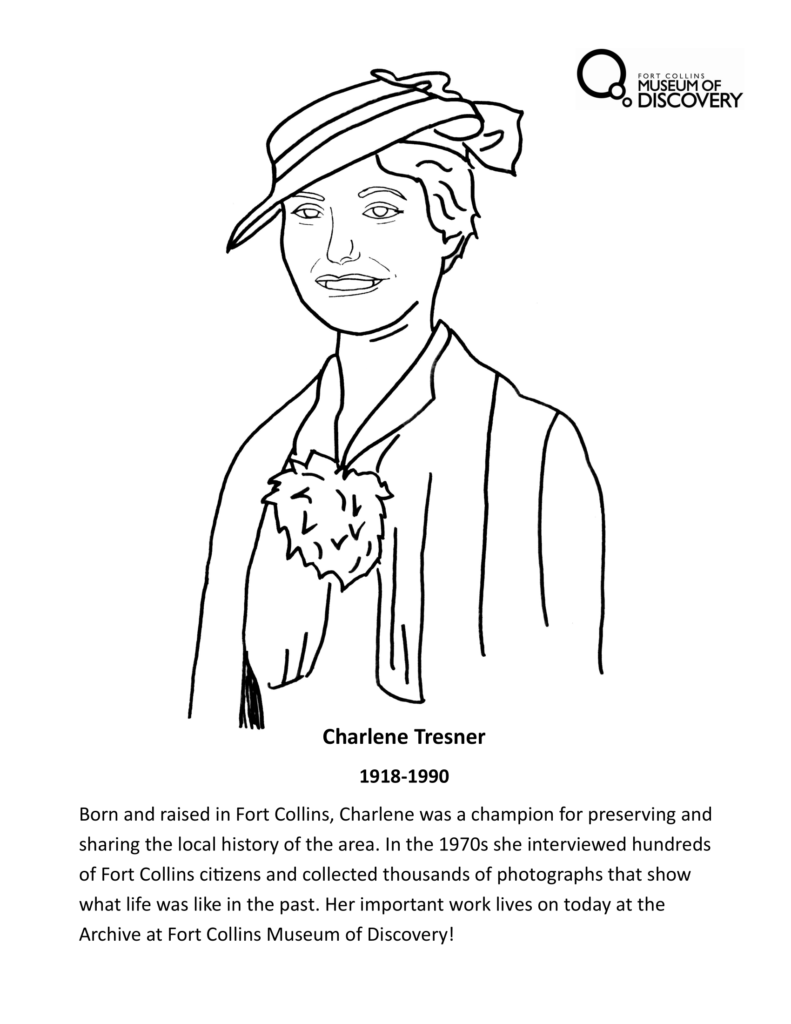
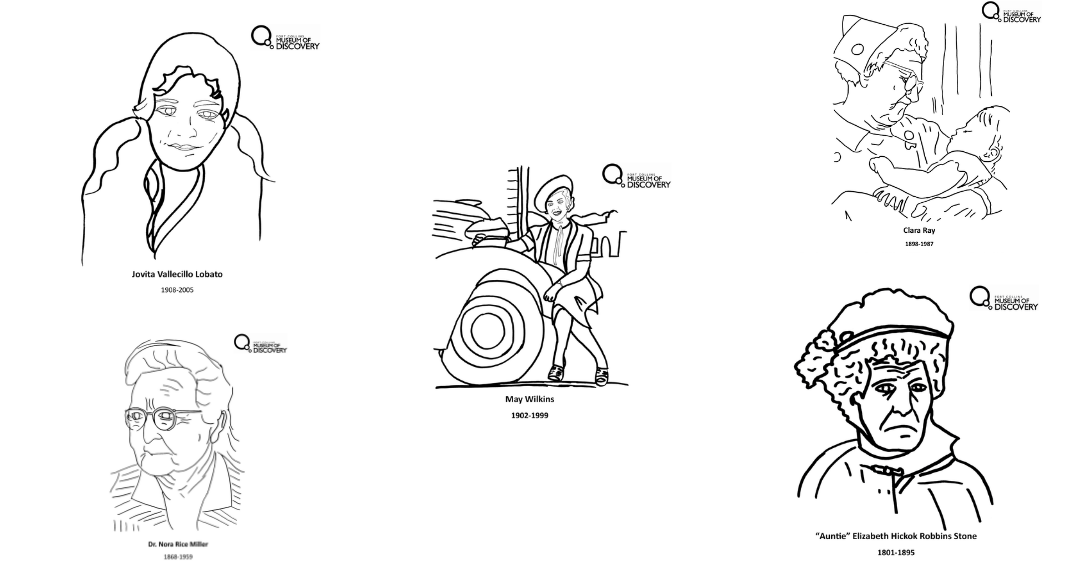
March is Women’s History Month, and we’d like to celebrate the legacies of several local women – in coloring book style, of course. To download the full coloring book put together by the museum, please find it here.











What did Fort Collins look like the last time the city faced a widespread shutdown? From the fall of 1918 through the early spring of 1919 the citizens of Fort Collins found themselves under varying stages of quarantine due to the influenza epidemic. One document, currently at the Archive, that gives some insight into how the city officials handled the epidemic and quarantining of the population is a “Summary of Advisory Committee Recommendations.”
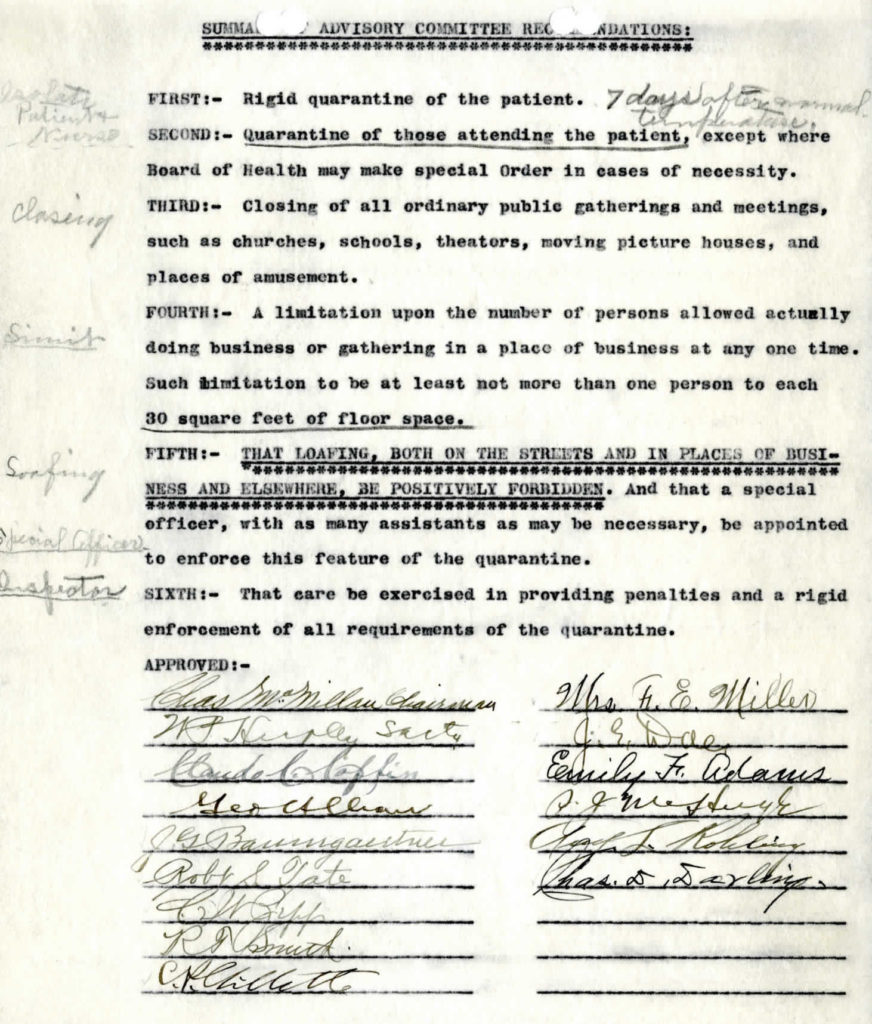
Most telling about the problems the city faced in managing the flu epidemic is that the advisory committee was not even formed until December 1918, despite influenza raging in the city since at least October. According to an October 18th article in The Weekly Courier the state board of health had ordered the closing of “everything” in Colorado but that those in charge of the college campus, where men were still doing military training, would not close the campus. The previous week an editorial had appeared in the newspaper demanding a “rigid quarantine be established” and that the city should be “shut down tight” like Boulder and Greeley. By the end of the October both the college and the city had enacted some form of closure, although without official documents it is a challenge to tell just how strenuous the shutdown was. Another article mid-November from The Weekly Courier complains that “quarantine has not been very rigid of late” with November seeing both elections and the armistice ending World War One and that these events and gatherings led to a rising in the number of flu cases.
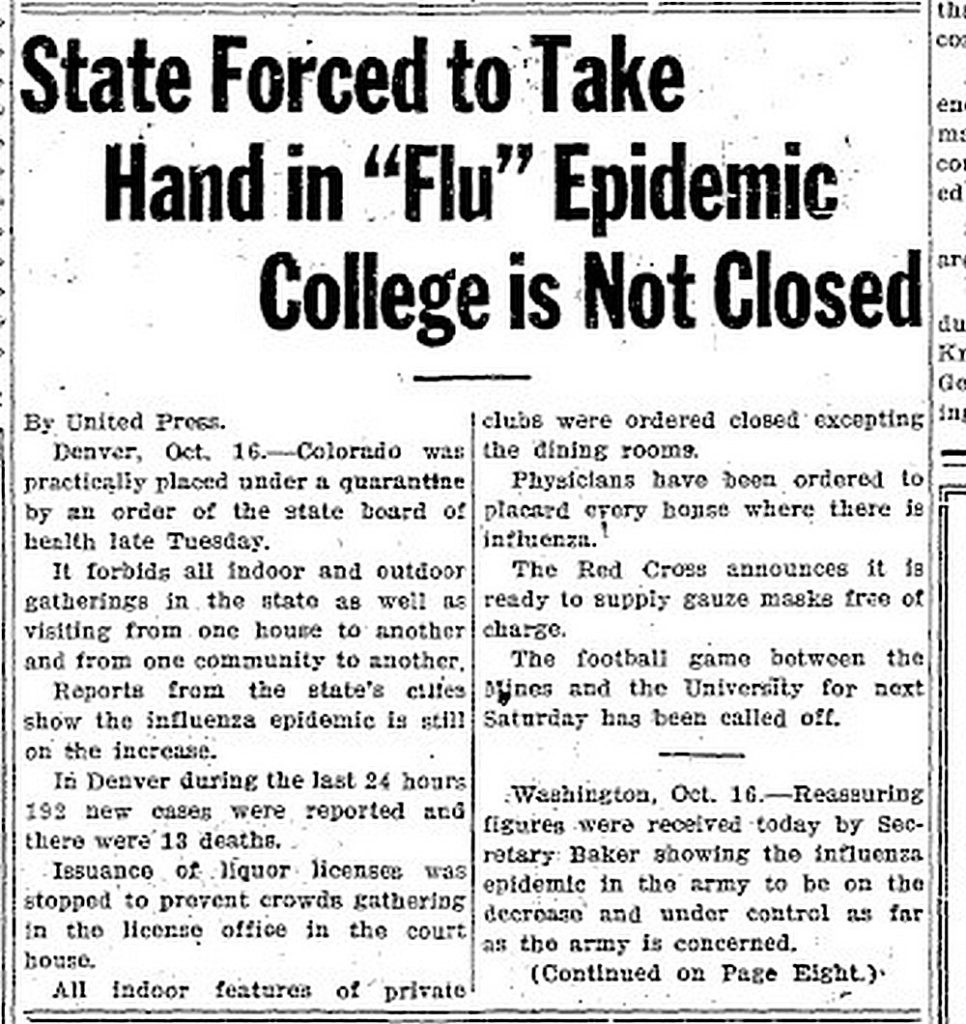
The convening of a citizen advisory committee to the city board of health seems to be a recognition that the previous handling of the flu epidemic had been somewhat ad hoc and unclear (the November issues of The Weekly Courier discuss whether masks should be worn, or not, and if quarantine would be lifted, or not) and in need of some sort of codification.
But how did these regulations, once adopted, affect the citizens of Fort Collins? The first two points recommended by the advisory committee were not all that different from the quarantining, done before and after the influenza epidemic, for other diseases, like measles or scarlet fever. However, the third recommendation of shutting down schools and “ordinary public gatherings” was different. Social and fraternal clubs closed, such as the Elks (in April 1919, The Fort Collins Courier reports that the lodge was in remarkable good financial health despite having been closed for nearly three months. The women’s gymnasium, on the other hand, found itself struggling to have enough members in March.) The superintendent of the school district reported in the summer of 1919 that the school year had been full of “anxiety, hindrance, and depression” and that many of the plans for academic work had to be abandoned.
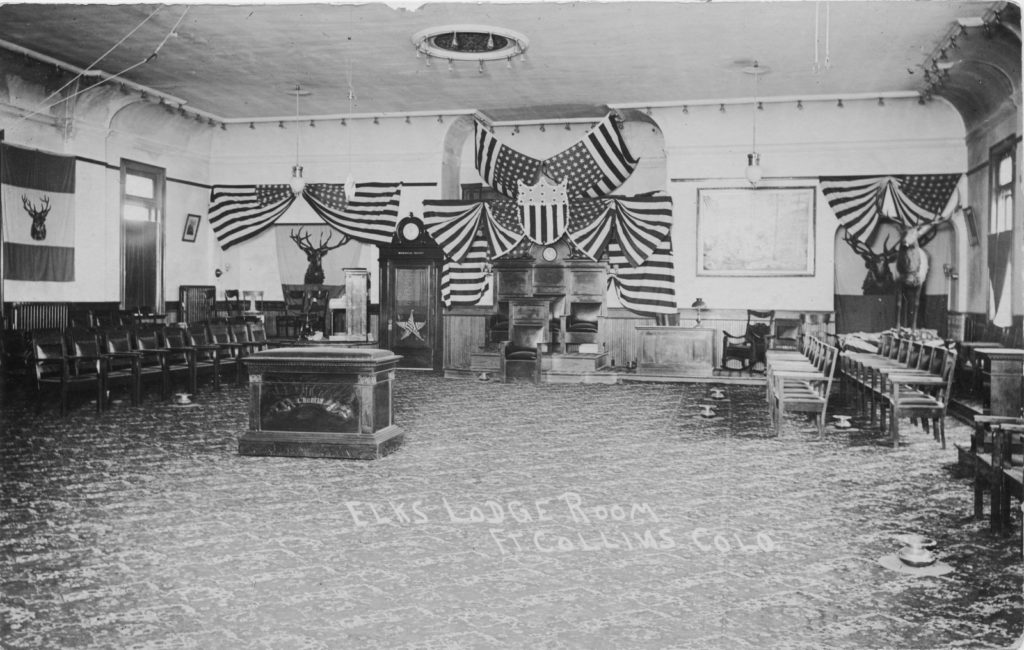
If the lack of proper schooling and a severe curtail on social life were not bad enough, the fourth recommendation from the advisory committee was an extreme frustration to many in Fort Collins. Shortly after the requirement limiting the number of people in any place of business came out The Weekly Courier wrote an editorial telling people to quit complaining, pointing out that they too had to deal with these restrictions upon their office (if someone was to visit the newspaper office, a member of staff would have to leave in order to maintain the proper number of people per square footage). The editorial admonished the people the writer considered to be “knockers” to take the disease more seriously for the sake of the survival of the city

While the committee was extremely serious on the subject of loafing on the streets (how else does a recommendation get to be written not only in capital letters but also underlined and starred?) the record of impact on peoples’ lives of that specific order is currently unknown. Rather it is the suborder that bares out most in the historical record. The committee called for a special officer to be appointed. The man who became “Quarantine Officer” was Orrin J. Watrous, then the secretary of the Fort Collins Commercial Club. According to The Fort Collins Express writing about the official vote of thanks put forth by the city government to Watrous, Mr. Watrous daily visited between “a dozen to twenty houses in his quarantine rounds” in order to ensure people were properly following the orders of the city.
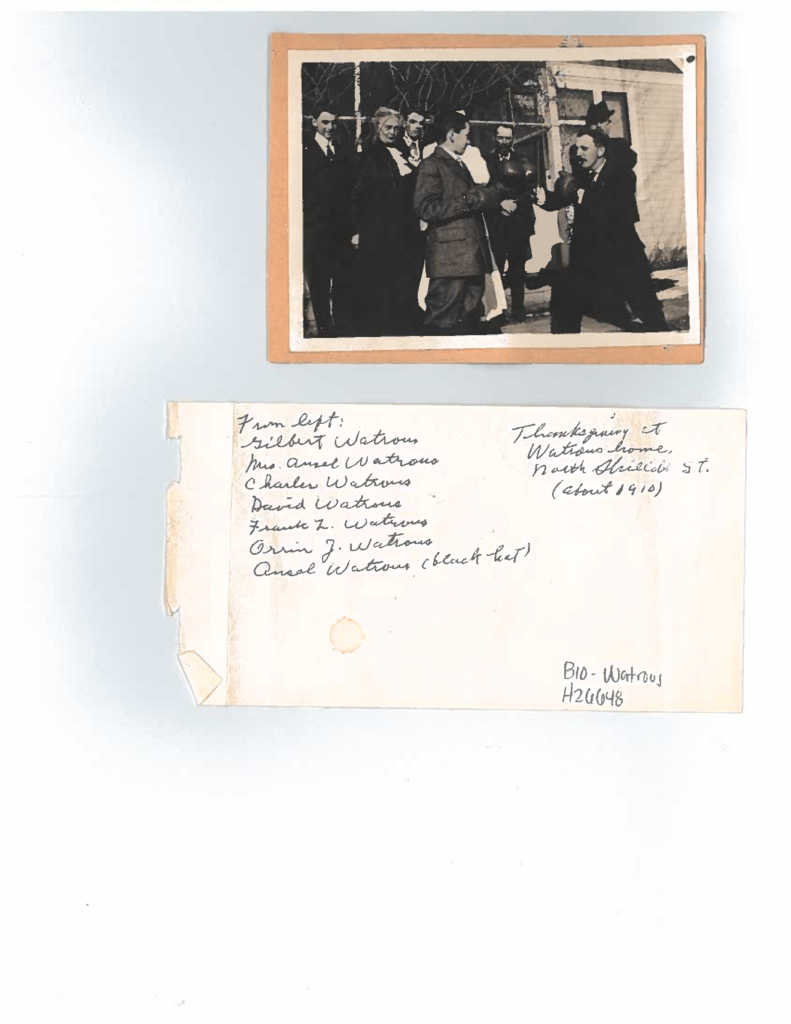
When people did not follow quarantine regulations, there were consequences. One farmer, a Mr. Tom Hale, accused of breaking the quarantine on his house, had to go to court on December 27th and face trial. The Weekly Courier reported that Mr. Hale’s case was dismissed. While it is not clear what kind of fine or other penalty Mr. Hale would have had if he had been found guilty, his case is still an example of the added difficulties of living life under quarantine.
It is difficult to know, exactly, how people felt about the restrictions placed upon them by the city government. Currently there is only access to a weekly newspaper (even though the newspaper also ran dailies, Archive staff cannot get to them right now) and while there are potentially useful items held in the Archive collection, with our own doors closed, a lot of the details will have to remain unknown for the current time.
Continue Reading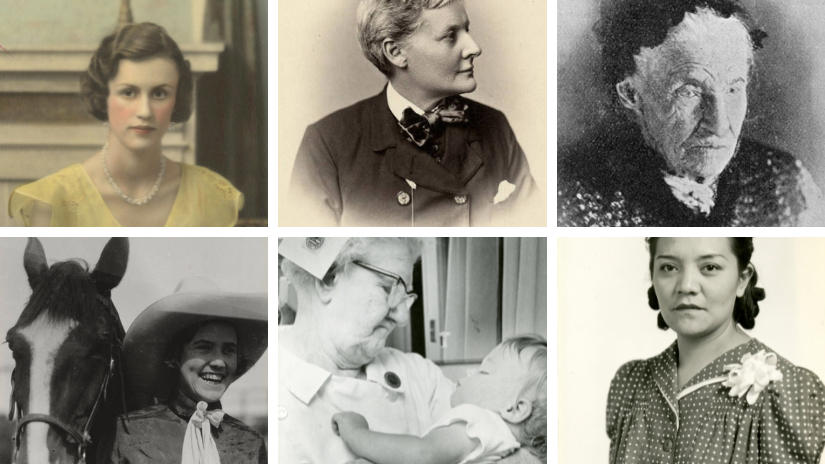
As part of Women’s History Month, we would like to share 11 videos made by the museum that tell stories far and wide of women who have helped make Fort Collins such a unique place.
ONE OF THE MOST FAMOUS FORT COLLINS STORIES STARTS WITH HAITTIE MCDANIEL, the first African American woman to win an Academy Award, for her portrayal of Mammy in Gone With The Wind. She lived in Fort Collins from 1901 until 1903.
FORT COLLINS NATIVE ISABELLE KNOPF worked at Heart Mountain Japanese Internment Camp during World War II. As a single mother, she had various jobs before having a long career with the U. S. Department of Agriculture.
POLLY BRINKHOFF was an artist and long-time resident of Skin Gulch off Poudre Canyon. She led quite an amazing life and has contributed to Colorado lore.
Click here to download the printable Polly Brinkhoff Charm.
Other videos in this series feature the life and stories of:
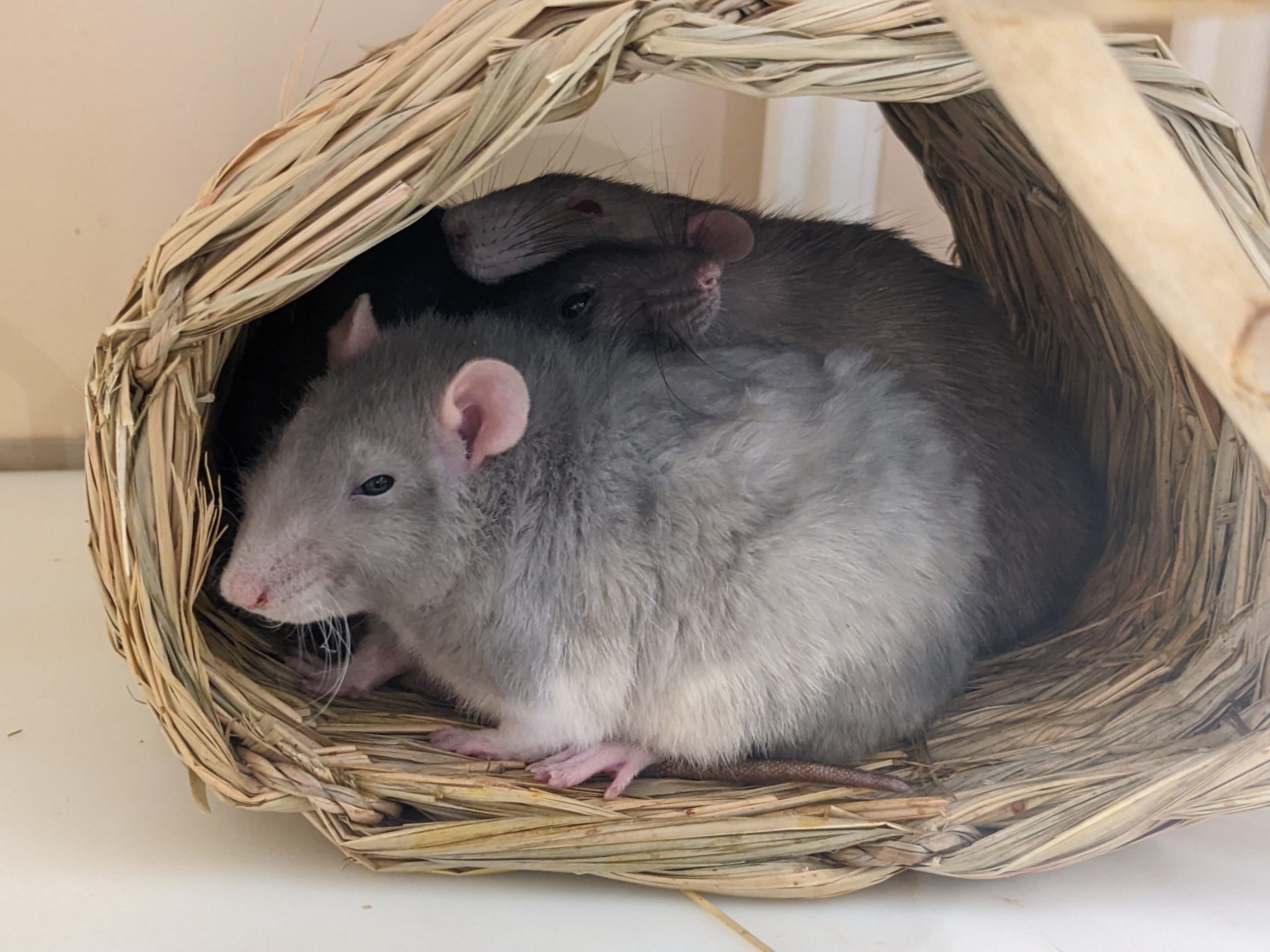
Spring Break begins March 14 for much of our community, with Poudre School District and Thompson School District earning some well-deserved time off. We will keep the learning and connections going, and are offering up a host of activities each day. As a reminder, the museum is opening Monday at 10 a.m. and has these activities planned throughout the week.
Meet the Animals:
Join us in our Animal Encounters area and meet Slinky the Ball Python, the amazing regeneration ability of Leopard Geckos, and many more jaw dropping facts that make the animal kingdom so darn amazing.
Foley Art:
Sound plays a huge part in the film industry. Come explore how sounds are created and added to films to make them come alive. Join us on the gallery floor to learn about key moments in the sound effects industry, iconic sounds and how they are made such as a lightsaber, T-Rex roar, and much more!
Instrument Tryouts:
Come discover the joy of making music! Pick up a banjo and pluck out a tune to jig to. Try your hand at strumming the guitar or even a ukulele. Explore a wide selection of instruments to satisfy your musical ear.
Meet the Animals:
Join us in our Animal Encounters area and meet Slinky the Ball Python, the amazing regeneration ability of Leopard Geckos, and many more jaw dropping facts that make the animal kingdom so darn amazing.
Art Creation:
Creating art is a fantastic way to lower stress, refine motor skills, and simply to pass a windy rainy day. Come design and make your very own button, color a bookmark and take a free book home (special shoutout to the Poudre River Public Library for donating the books), or just stay a while and do some coloring pages.

Spring Break At The Museum
In case you are looking for a way to keep the learning and discovery going during Spring Break, we are excited to share we are open for ALL of Spring Break week. Typically, we are closed on Mondays, but we’re open Monday, March 14 for students, staff, and all community alike.
Spring Break takes place March 14 – March 18 for Poudre School District and Thompson School District.
Our current schedule of hours is from 10 a.m. – 5 p.m. Tuesday – Sunday, with select Mondays to serve the community.
For a list of our community events, head to our calendar – with new events being added often.
View the lineup for pop up programming we have going on during Spring Break.
Continue Reading
Women of Fort Collins: Carmen Johnson
This Episode: Carmen Johnson
Carmen Johnson spent twenty-three years as Larimer County’s Home Demonstration agent for the Extension Service. This presentation talks about her life and just what home demonstration was.
Ready for more? You can learn about other amazing people of Fort Collins and Northern Colorado in the Archive at FCMoD! Visit fcmod.org/research for more information.
Continue Reading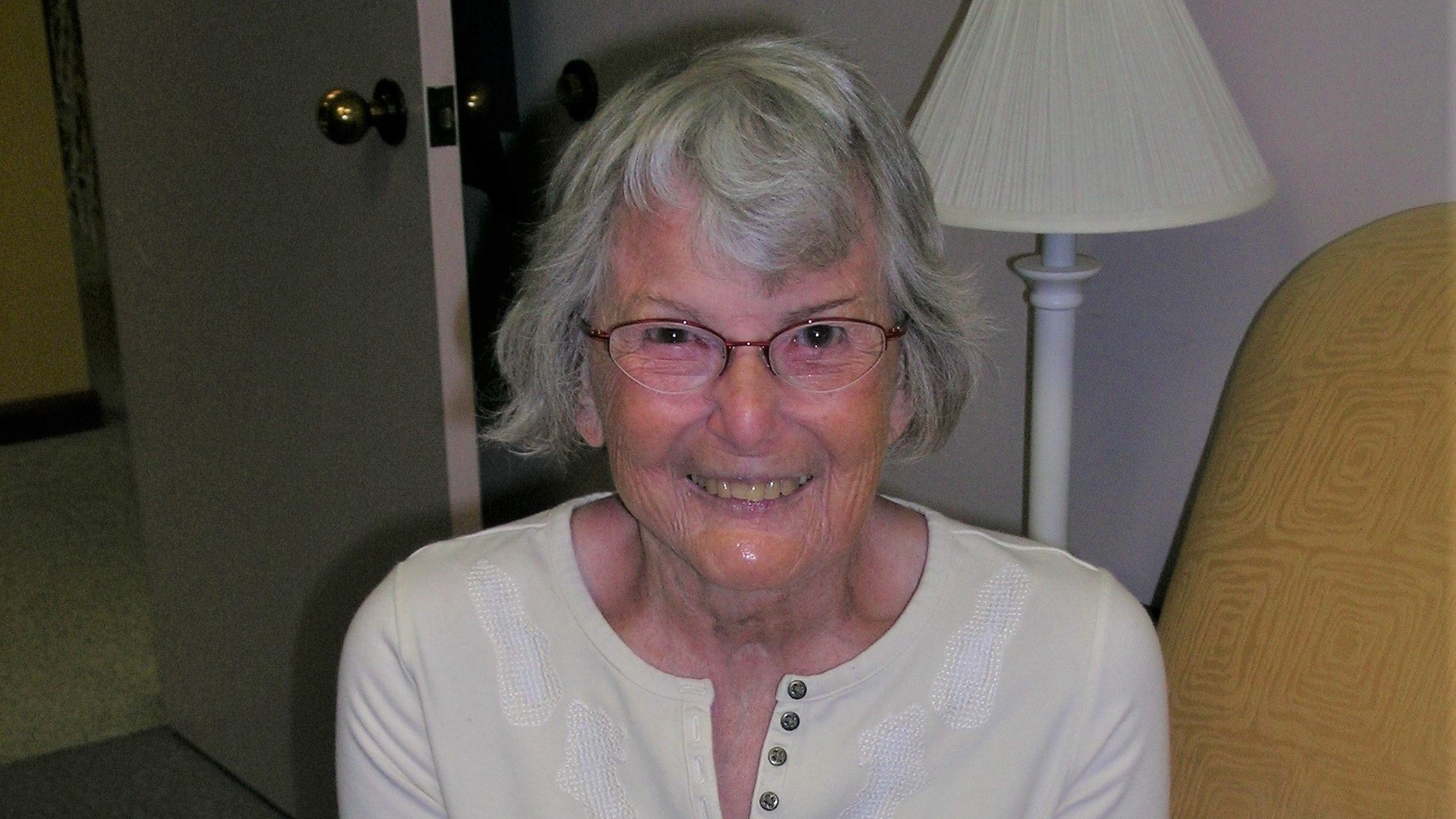
This Episode: Betty Herrmann
Betty Herrmann left a legacy at the Fort Collins Museum of Discovery through her work, donations, and the impact she had on the people there.
Ready for more? You can learn about other amazing people of Fort Collins and Northern Colorado in the Archive at FCMoD! Visit fcmod.org/research for more information.
Continue Reading
This Episode: Elfreda Stebbins
Elfreda Stebbins, graduate of the library school at the Drexel Institute in Philadelphia, became our city’s first librarian in 1903. Throughout her 28-year career, she served as a force for literacy and culture in Fort Collins.
Ready for more? You can learn about other amazing people of Fort Collins and Northern Colorado in the Archive at FCMoD! Visit fcmod.org/research for more information.
Continue Reading
This Episode: Isabelle Knopf
Fort Collins native Isabelle Knopf worked at Heart Mountain Japanese Internment Camp during World War II. As a single mother, she had various jobs before having a long career with the U. S. Department of Agriculture.
Ready for more? You can learn about other amazing people of Fort Collins and Northern Colorado in the Archive at FCMoD! Visit fcmod.org/research for more information.
Continue Reading
Women of Fort Collins: Virginia Corbett
Get inspired!
For the 4th year in a row, the Collections and Archives staff of Fort Collins Museum of Discovery are sharing stories and photographs of notable Fort Collins women. Discover the paths of many local luminaries with inspirational video presentations full of historic images, audio recordings, and fascinating information!
This Episode: Virginia Corbett
Virginia Corbett came to Colorado Agricultural College in 1900 to teach literature and history. She was a passionate advocate for college women for over 30 years and taught briefly at Ginling College, Nanjing, China in the 1920s.
Ready for more? You can learn about other amazing people of Fort Collins and Northern Colorado in the Archive at FCMoD! Visit fcmod.org/research for more information.
Continue Reading